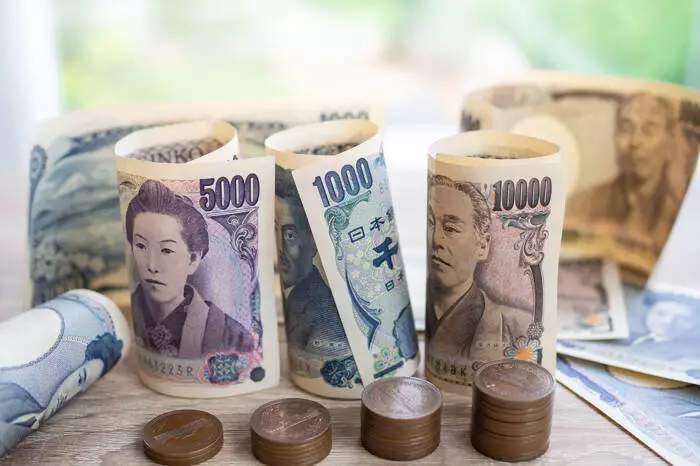The Deputy Governor Ryozo Himino of the Bank of Japan has highlighted the significant impact of exchange rate fluctuations on economic activity. These fluctuations not only affect inflation through direct impact on import prices, but also have broader and sustained implications. While the Bank of Japan aims to cap the upside through intervention threats, a more hawkish stance may be necessary to stimulate buyer demand for the Yen.
Economic indicators from Japan, such as retail sales figures and labor market data, could sway investor expectations of a July BoJ rate hike. The forecasted increase in retail sales for May and a rise in Tokyo core annual inflation rate suggest a potential for a rate hike. These positive trends in consumer spending and inflation could pave the way for the Bank of Japan to justify a market-influencing move.
While economic indicators from Japan will influence the USD/JPY exchange rate, US data also plays a crucial role in determining interest rate differentials. Analysts predict a rise in US new home sales for May, which could impact market sentiments. Trends in new home inventories and demand are essential factors that could affect price pressures, housing services inflation, and overall consumer confidence in the US economy.
Monetary policy decisions in Japan and the US are closely intertwined with economic indicators and exchange rate fluctuations. The Bank of Japan’s approach to a potential rate hike and the implications of US data on interest rate differentials are critical considerations for investors. Understanding these dynamics is essential for making informed decisions in the ever-changing global financial markets.

